7 reasons you need a survival shelter: the ultimate safety net
We reveal 7 reasons why you need a survival shelter for your outdoor adventures, whether you’re heading into the backcountry with family, friends or clients

Whenever any of my less outdoorsy friends or family say they’re cold, my response is always the same. It’s the same response Alliser Thorne, hardened veteran of the Night’s Watch in George RR Martin’s Game of Thrones series, gave to Samwell Tarly when he was complaining of being a bit nippy while sat in Castle Black. As a survival expert who’d led many forays into the frozen wastes beyond the Wall, Thorne’s reply was: “You don’t know cold.”
The reason that “I know cold” is down to one freezing February morning on Helvellyn, an iconic mountain in the English Lake District. It was to be the first time I discovered the use of a survival shelter. Back then, I was a relative newcomer to winter adventures, so had booked myself on a skills course with a mountain guide. By the time we’d reached Red Tarn, a glacial lake beneath the mountain’s snow-plastered east face, conditions had deteriorated significantly. The temperature had plummeted below 5 fahrenheit (-15 degrees celcius) and we found ourselves in a blizzard.
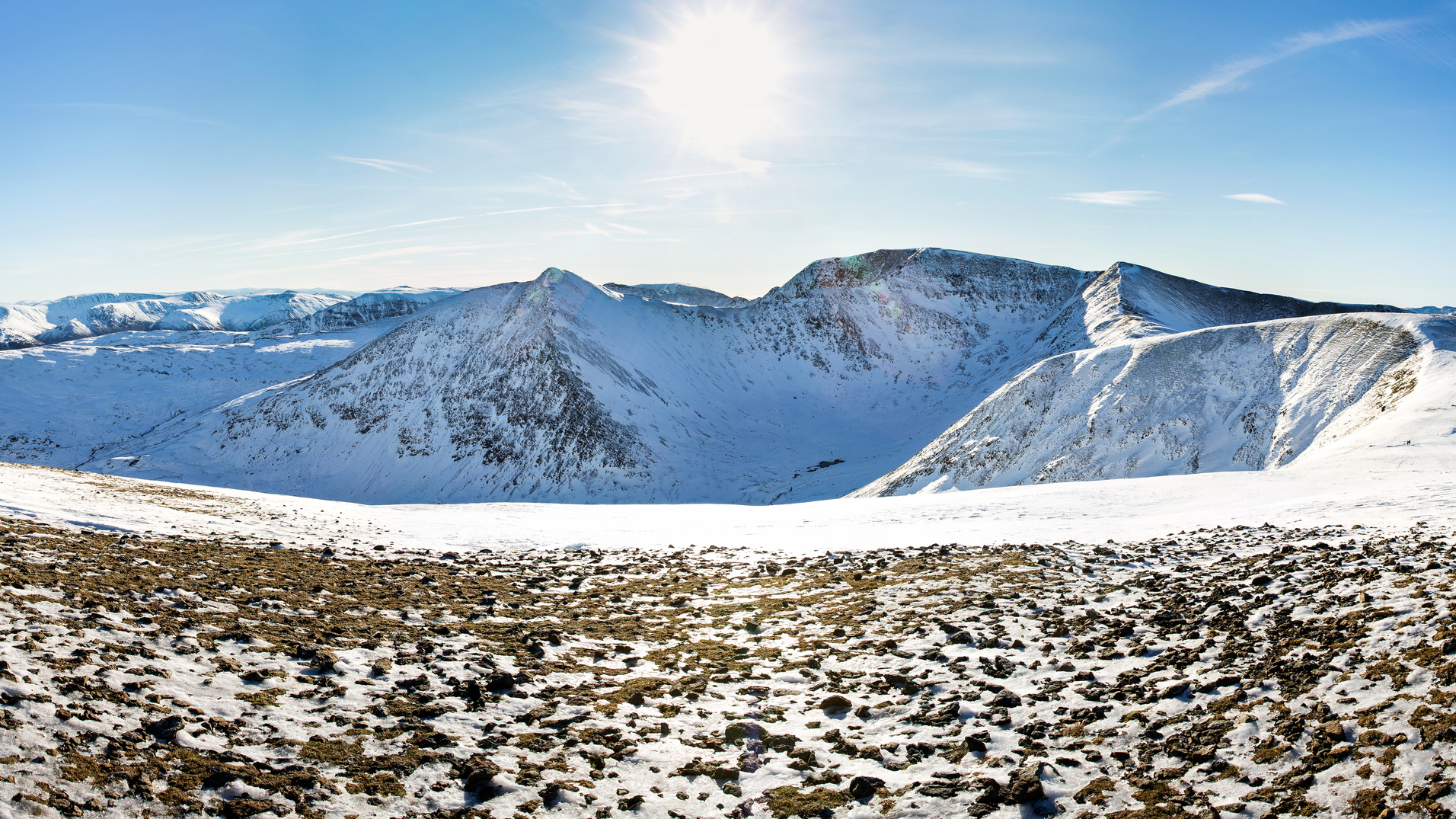
In my inexperience, I’d got my layering wrong and some of my kit was undoubtedly inadequate – most of my clothing was wet. In hindsight, I’d say that I was becoming dangerously cold.
In his experience, our guide saw fit to pull out a miraculous package from his backpack – the group shelter. In one fell swoop, we all went from struggling through horrendous conditions to sat together enjoying some food, a warm drink and discussing the next part of the course. While we were sat inside getting warm, the worst of the conditions passed and, when we emerged, we were able to proceed to learn the winter skills we’d paid for.
The use of the survival shelter transformed what was becoming an unpleasant and potentially dangerous experience into a positive learning experience. This is just one reason you need a survival shelter – and I’ve got more for you below…

Alex's love of winter in the high places and his Mountain Leader journey means he's no stranger to a survival shelter. These days, he always carries one when leading others, or on winter mountaineering expeditions with fellow members of the London Mountaineering Club. He recommends Rab's 4-6 Person Group Shelter as a solid option.
Today's best deals
What is a survival shelter?
Also known as bothy bags or group shelters, a survival shelter is a large box of waterproof fabric that offers a group protection from the elements. It can be thought of as being like the flysheet of a camping tent, only it’s not secured to the ground by tent pegs but by the posteriors of the group sitting within it.
To set it up, it's pulled from its stuff sack and opened up. Each group member holds onto one end, passes it over their heads, down behind their backs and then sits on it. This creates a weatherproof space that’s not unlike a tent. Radiated body heat then warms the shelter, creating a mild micro-climate within and making it a relatively comfortable place to be.
All the latest inspiration, tips and guides to help you plan your next Advnture!

They come in various sizes, from two-person bothy bags to larger, 12-person group shelters, and are carried by mountain guides and group leaders. Survival shelters are different to a emergency blankets, which are designed to be used by a single casualty. There are several reasons to carry one, but the most critical is for use in an emergency situation…
1: It’s a lifesaver in an emergency
A survival shelter is one of those pieces of kit you hope never to use for its primary function. However, if a member of your group becomes immobile or incapacitated thousands of feet up on a cold mountain ridge, it can be the difference between a survival story and a tragedy.
Once you've got the group shelter set up, it gets everyone out of the elements and into a calm space where any necessary treatment and rescue arrangements can be made. Communication is easier, everyone will be able to stay warm and the group should be able to safely stay put for however long is needed.
Do a quick Google search and you’ll notice that survival shelters tend to be bright orange. This makes them highly visible to Mountain Rescue and other trail users. If you’re busy dealing with a casualty on the inside, people should still be able to spot your location with relative ease. If your group have an additional shelter, you can open it up and wave it to attract rescue too.

2: To escape the elements and get warm
In the mountains, cold is one of the biggest killers. Awareness of what leads to, as well as how to avoid, hypothermia is vital, particularly during winter adventures. If you’re dressed appropriately and you keep moving, that’s half the battle. However, there are times, in addition to emergency situations involving a casualty, when you might need to stop (more on these in a moment). A group shelter enables you to do this while keeping your party warm.
The good news is that, even though you won’t be moving, a break in the bothy bag will raise everyone's temperature. The group’s radiated body heat will quickly warm the air in the shelter and, by the time you pack it up, it’ll be substantially balmier than the cold outside. It also gives everyone the opportunity to eat and have a hot drink, both of which also help to keep body temperatures up.
3: To regroup when the going gets tough
But, other than an emergency, why might you need to stop? Well, getting the shelter up creates a barrier of calm between your group and whatever the backcountry is throwing at you.
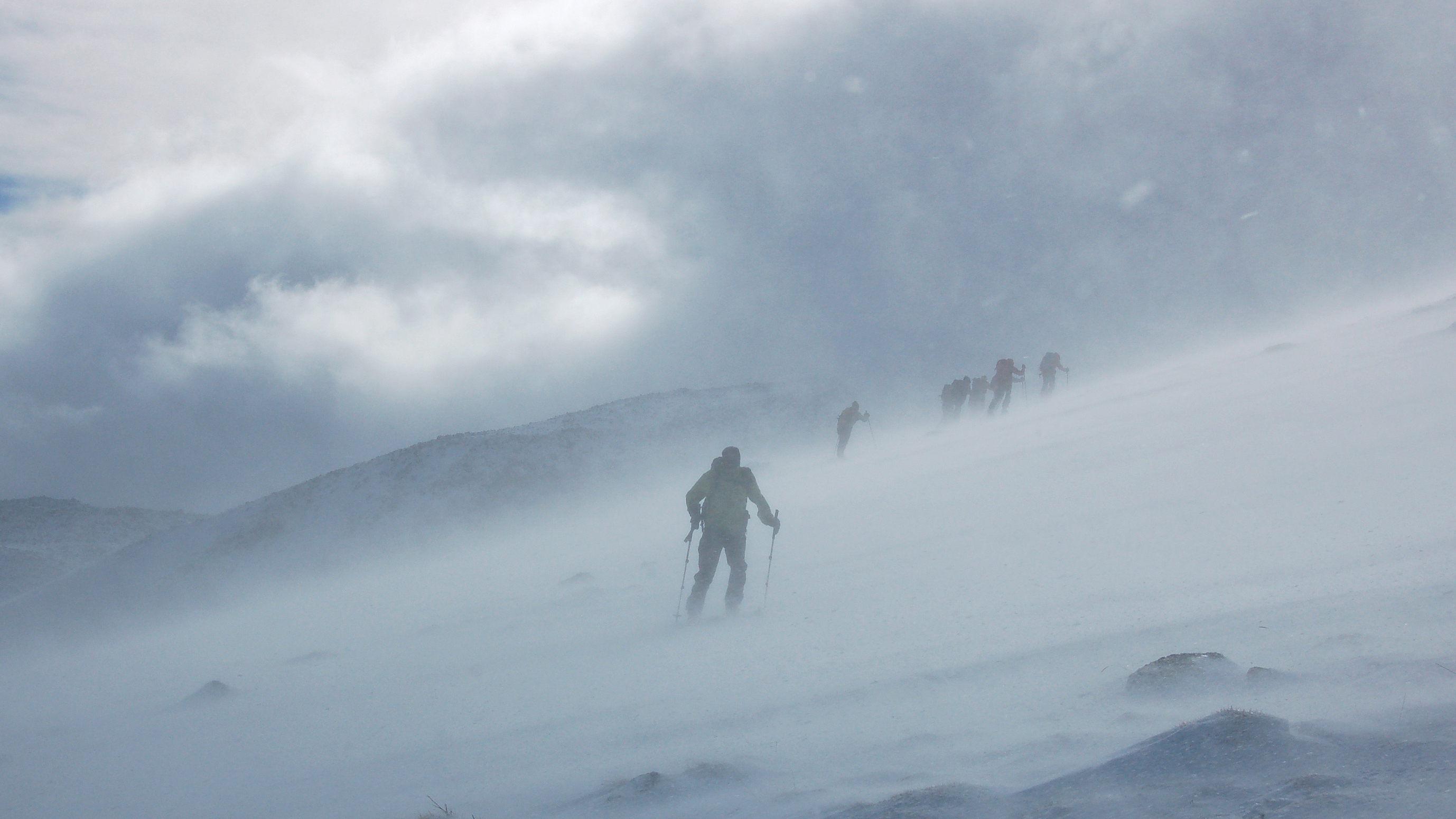
Perhaps whiteout conditions have descended upon your party, disorientating the group and making navigation hugely difficult. Getting the shelter set up and taking stock is a good idea in these circumstances, giving you time to get out the map and compass and plan a way forward. It also allows time for the conditions to improve. Similarly, you may find yourself struggling through a blizzard, where every shouted word is snatched away by the wind. Getting the shelter set up allows your party communicate effectively and refocus, without suffering the effects of windchill.
Sorting out any clothing or gear malfunctions in challenging conditions is also difficult. In the sanctity of the shelter, your group members will have time and space to do whatever it is they need to, whether it’s adding an additional fleece layer, swapping gloves or readying their headlamp.
4: A bit of privacy (sort of)
There are many reasons why you might want a moment of privacy while out in a relatively sparse landscape and I’m not going to go into all of them here. The obvious caveat is that you need at least two people to make a survival shelter work, so you’ll have to be on fairly intimate terms with whoever’s helping you to sit on the thing to keep it from blowing away.
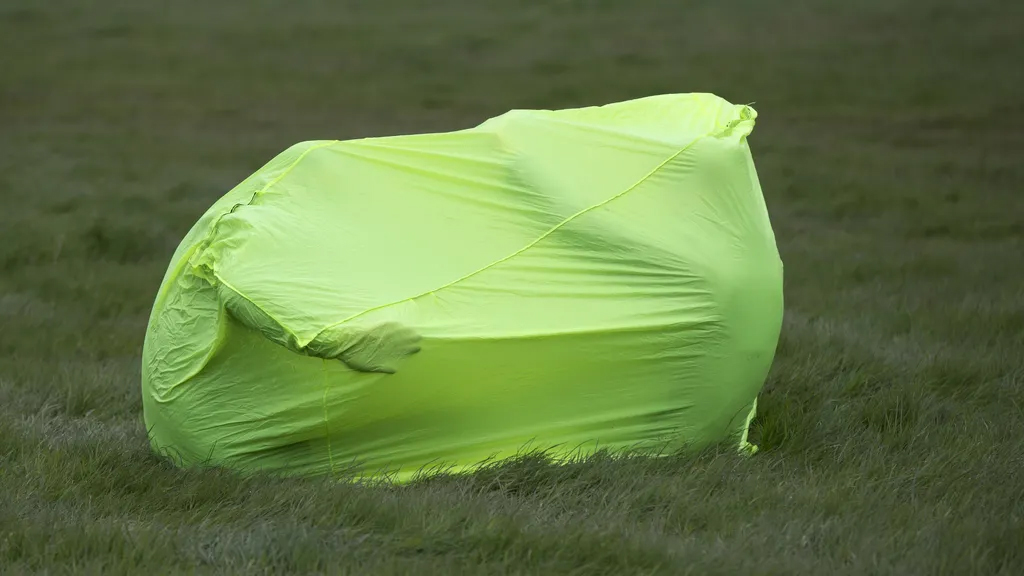
5: For a pleasant lunch break
“We’ll save our sandwiches for the summit!” Surely, it’s the ultimate in al fresco dining, with glorious views on every compass point. I can feel my stomach grumbling just thinking about it.
However, we sometimes forget that a summit can be an unforgiving place. It’s likely to be one of the coldest and windiest spots on your hike, even on a fairly nice day. While many are crowned with stone windbreaks and the like, bringing a bothy bag takes the jeopardy out of whether or not your lofty lunchbreak will be a goer. Most survival shelters have a little window, so you should still be able to enjoy some sort of view.
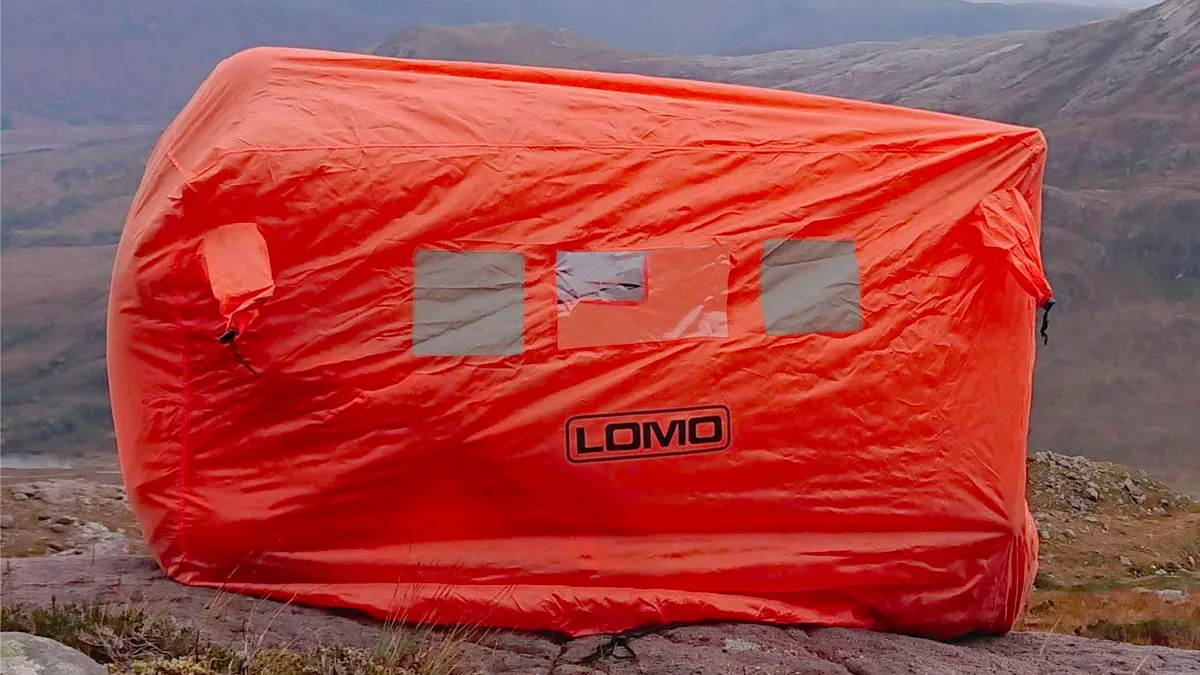
In fact, we’ve all been on hikes where it has pretty much rained from the trailhead all the way to the bitter, dripping wet end. A group shelter gives you the option of escaping the rain, having a chat and enjoying some lovely nosh.
6: To confidently lead others in the hills
If you are a guide or have aspirations to lead others on backcountry hikes, then a survival shelter is essential. By leading others in the hills, I’m not just talking about clients but also those times when you’re the most experienced member of a group of friends or a parent taking their children on an adventure. Knowing you have the safety net of a survival shelter stashed in your daypack takes at least some of the worry away.

As well as this, you can always surprise whoever you’re with by whipping your shelter out unexpectedly on a rainy day. Not only will they be glad to get out of the wet, they’ll also feel more adventurous. “And then, we were forced to get out the survival shelter.” They’ll be telling the story for years to come.
7: It’s a versatile addition to your outdoor kit
As with most hiking essentials, a group shelter has uses beyond its primary function. It has other uses in emergency situations. I’ve already mentioned that it could be used to flag down rescue services if it isn’t needed as a shelter. Also, it’s basically a big sheet of waterproof fabric, so you could wrap it around an individual casualty as an additional insulating layer and yet another barrier against the wind and rain.
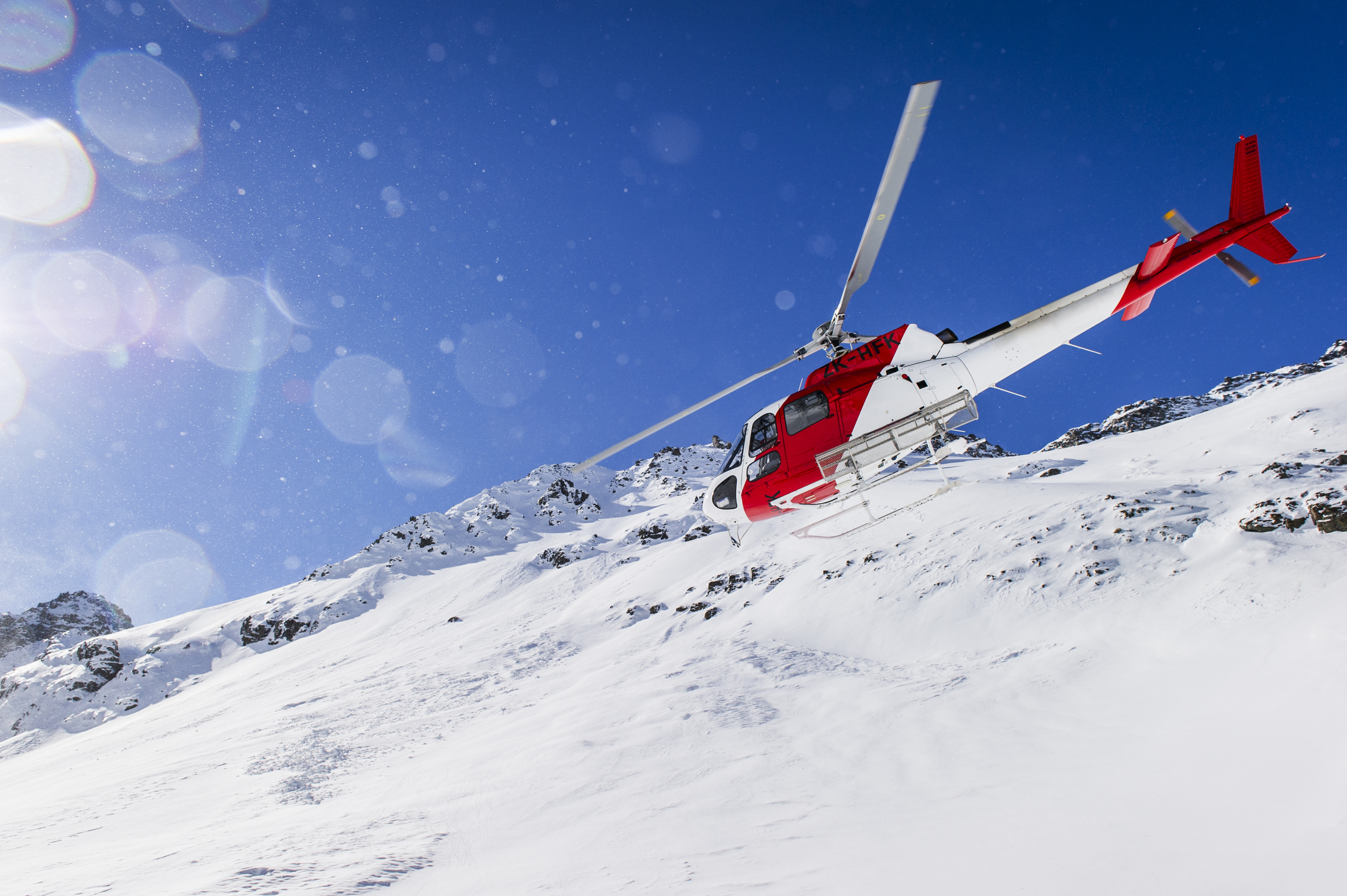
A bothy bag also has its uses on the campsite or on a wild camping jaunt. It can double up as a makeshift camping pillow, or as an additional insulating layer on really chilly nights. It’s also much more comfortable to kneel on, not to mention drier, than the earth or a rock while operating your camping stove too.
Alex is a freelance adventure writer and mountain leader with an insatiable passion for the mountains. A Cumbrian born and bred, his native English Lake District has a special place in his heart, though he is at least equally happy in North Wales, the Scottish Highlands or the European Alps. Through his hiking, mountaineering, climbing and trail running adventures, Alex aims to inspire others to get outdoors. He's the former President of the London Mountaineering Club, is training to become a winter mountain leader, looking to finally finish bagging all the Wainwright fells of the Lake District and is always keen to head to the 4,000-meter peaks of the Alps. www.alexfoxfield.com

